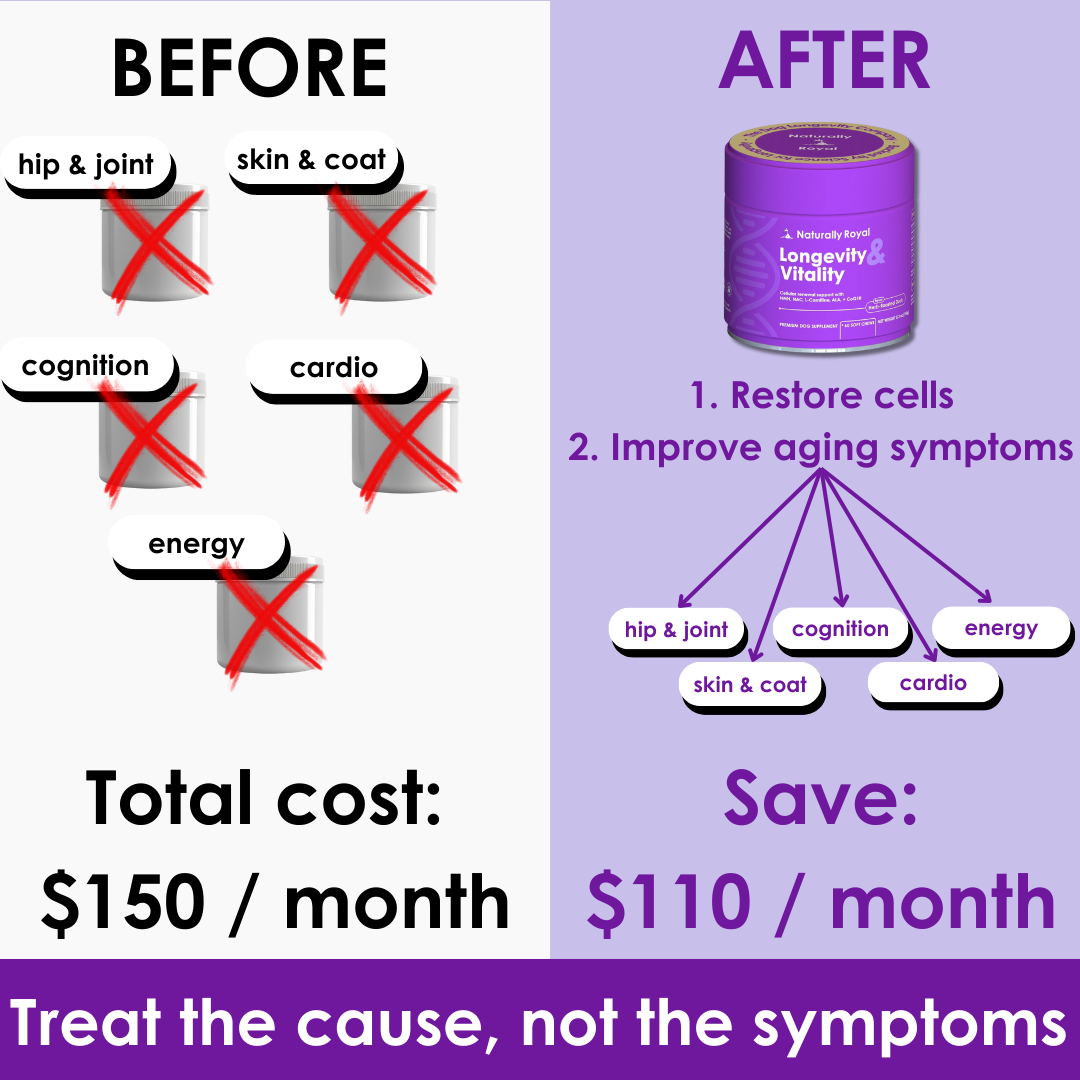Triaging Breathing Issues in Dogs
Breathing issues in dogs can be alarming, and for good reason—they often indicate serious health concerns that may require immediate attention. Recognizing the signs of respiratory distress and understanding how to respond can make all the difference in protecting your dog’s health and longevity. This guide will provide you with essential knowledge about common breathing patterns, respiratory sounds, and what they mean, as well as practical steps to take during a respiratory emergency.
Recognizing the Signs of Breathing Issues
Dogs with healthy respiratory systems have smooth, rhythmic breathing, where their chest rises and falls evenly. Any deviation from this pattern could signal a problem. Look out for the following:
- Labored breathing (dyspnea): Visible effort to breathe, such as flared nostrils, expanded chest, or widened stance.
- Rapid breathing (tachypnea): An unusually high respiratory rate while at rest.
- Open-mouth breathing: In dogs, this can be a sign of distress, especially if not due to heat or excitement.
- Belly breathing (paradoxical movement): When the chest collapses during inhalation while the abdomen expands.
Knowing how to identify these signs early can help you assess the urgency of the situation and seek timely veterinary care.
Common Breathing Patterns and What They Indicate
Different breathing patterns can point to specific health issues. Here’s what they mean:
-
Long Inspiration and Expiration
- What it suggests: Airway obstruction, such as a foreign object.
- Action: Seek immediate veterinary attention.
-
Long Inspiration Only
- What it suggests: Conditions like laryngeal paralysis or upper airway obstructions.
- Action: Keep your dog calm to prevent further airway restriction and consult a veterinarian.
-
Forceful Exhalation
- What it suggests: Lower airway obstruction, such as collapsing trachea or asthma.
- Action: Monitor closely and contact your vet for treatment options.
-
Rapid, Shallow Breathing
- What it suggests: Pleural space disease, like fluid around the lungs or air leakage (pneumothorax).
- Action: This is an emergency; head to the vet immediately.
-
Paradoxical Breathing
- What it suggests: Severe respiratory distress, often due to trauma or diaphragm issues.
- Action: Emergency care is critical—do not delay.
Identifying Respiratory Sounds
Listening to your dog’s breathing can provide critical clues about their condition. Here are the most common respiratory sounds and what they indicate:
-
Stridor
- Description: A high-pitched, whistling sound.
- Cause: Rigid tissue vibrations, often due to tracheal collapse or laryngeal paralysis.
- Action: Keep your dog calm and visit your vet promptly.
-
Stertor
- Description: A low-pitched, snoring sound.
- Cause: Soft tissue obstruction, often seen in brachycephalic breeds like Bulldogs.
- Action: Monitor for worsening symptoms and consult your vet.
-
Wheezing
- Description: A whistling sound during exhalation.
- Cause: Narrowed airways, commonly due to asthma or inflammation.
- Action: Seek veterinary advice for possible medications to relieve inflammation.
-
Crackles
- Description: Crackling or popping sounds during inhalation.
- Cause: Fluid in the lungs, such as pulmonary edema.
- Action: This is a medical emergency; immediate care is needed.
Practical Steps for Triaging a Breathing Emergency
If your dog is displaying signs of respiratory distress, follow these steps to provide initial care:
-
Stay Calm
- Dogs can pick up on your stress, which may worsen their condition. Speak softly and move gently.
-
Create a Calm Environment
- Reduce noise and activity around your dog to prevent additional stress or overexertion.
-
Check for Obstructions
- Look for visible objects in the mouth or throat. Do not attempt to remove objects that are deeply lodged; this can cause further damage.
-
Monitor Their Gums
- Healthy gums are pink and moist. Pale, blue, or gray gums indicate oxygen deprivation and require emergency care.
-
Avoid Forced Movement
- Carry your dog if they are struggling to breathe, and keep their neck and airway as straight as possible.
-
Call Your Veterinarian
- Describe the symptoms clearly, including breathing patterns, sounds, and any recent events (e.g., exposure to toxins or trauma). Follow their advice on next steps.
How to Prevent Respiratory Emergencies
While not all breathing issues are preventable, you can reduce your dog’s risk by taking these proactive measures:
-
Regular Check-Ups
- Routine vet visits can help identify early signs of respiratory or cardiac issues.
-
Avoid Smoking Indoors
- Secondhand smoke can irritate your dog’s respiratory system and increase their risk of developing chronic conditions.
-
Weight Management
- Obesity puts pressure on your dog’s chest and diaphragm, making it harder for them to breathe.
-
Environmental Safety
- Keep your dog away from toxic fumes, allergens, or environments that may cause respiratory irritation.
-
Breed-Specific Care
- Brachycephalic breeds (e.g., Pugs, French Bulldogs) are prone to respiratory issues. Monitor them closely, especially in hot or humid weather.
Breathing Issues vs. Cardiac Problems
Some breathing difficulties may be linked to heart disease rather than respiratory issues. Here’s how to differentiate:
- Dogs with Heart Disease: Often have a heart murmur, coughing, or fainting episodes.
- Cats with Heart Disease: May not exhibit murmurs but often have gallop heart sounds. Look for lethargy and rapid breathing.
Your veterinarian may use tools like X-rays, echocardiograms, or ultrasounds to determine whether the issue is cardiac or respiratory.
When to Seek Emergency Care
Seek immediate veterinary attention if your dog shows any of the following symptoms:
- Labored or open-mouth breathing.
- Blue, pale, or gray gums.
- Unresponsiveness or collapse.
- Continuous coughing with breathing difficulties.
- Signs of trauma, such as fractured ribs or visible wounds.
Conclusion
Understanding how to recognize and respond to breathing issues in dogs is a critical skill for every pet parent. By staying informed about common symptoms, breathing patterns, and sounds, you can act quickly and decisively in emergencies, protecting your dog’s health and longevity. Regular check-ups, preventive care, and a calm response in emergencies can make all the difference, ensuring your dog enjoys a long and healthy life by your side.
























